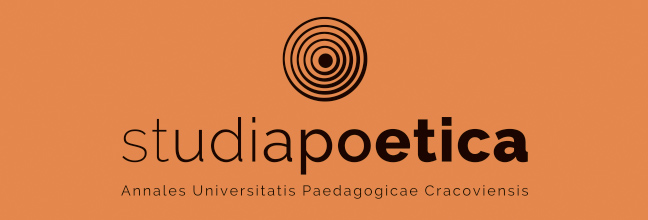Armia Judei jako symbol narodowy w okresie panowania dynastii Hasmoneuszy (168/167 - 63 przed Chr.).
Main Article Content
Abstrakt
The Jewish national army was of great significance to the national awareness of every Jew. However, the reign of Alexander Janneus (103-76 B.C.) marks the decline of its meaning of a symbol unifying the Jewish nation, which was a heavy blow to the idea of the Hasmonean State, to its unity and the very existence of the chosen nation. In the beginning, at the outbreak of the Maccabean revolt (168 B.C.), the army was composed of the Jewish voluntary militia, which in the forties of the second century B.C. transformed into a morę organised body still composed of Jews alone. Since the times of John Hircan I (135-104 B.C.) through the reign of Judah Aristobule I (104-103 B.C.) and Alexander Janneus (103-76 B.C.), the Jewish army had consisted of mercenaries, too. After the death of Queen Alexandra Salome (76-67 B.C.), the wife of Alexander Janneus, a civil war broke out between her two sons Judah Aristobule I and John Hircan U, who fought against each other with two separate armies,
which were practically private. That was when the Hasmonean dynasty disappeared from history records. It was only Herod the Great who resurrected the army of the Jewish State. The national aspects related to the Hasmonean dynasty are undoubtedly morę important than the matter of strategy or conducted military actions. First of all, the native Jewish sources let us get acąuainted with the role that the army played in the national awareness of Jews. There are three stages in the history of the army of the Hasmonean monarchy:
1. formation of Jewish militia, which served as an insurgent element (167-152 B.C.)
2. development of the Jewish army composed of Jews (152-ca.l30 B.C.)
3. strengthening of the army with foreign mercenaries (130-67 B.C.).
which were practically private. That was when the Hasmonean dynasty disappeared from history records. It was only Herod the Great who resurrected the army of the Jewish State. The national aspects related to the Hasmonean dynasty are undoubtedly morę important than the matter of strategy or conducted military actions. First of all, the native Jewish sources let us get acąuainted with the role that the army played in the national awareness of Jews. There are three stages in the history of the army of the Hasmonean monarchy:
1. formation of Jewish militia, which served as an insurgent element (167-152 B.C.)
2. development of the Jewish army composed of Jews (152-ca.l30 B.C.)
3. strengthening of the army with foreign mercenaries (130-67 B.C.).
Article Details
Jak cytować
Ciecieląg, J. (2015). Armia Judei jako symbol narodowy w okresie panowania dynastii Hasmoneuszy (168/167 - 63 przed Chr.). Res Gestae. Czasopismo Historyczne, 2, 3–26. Pobrano z https://resgestae.uken.krakow.pl/article/view/2502
Numer
Dział
Artykuły
|
